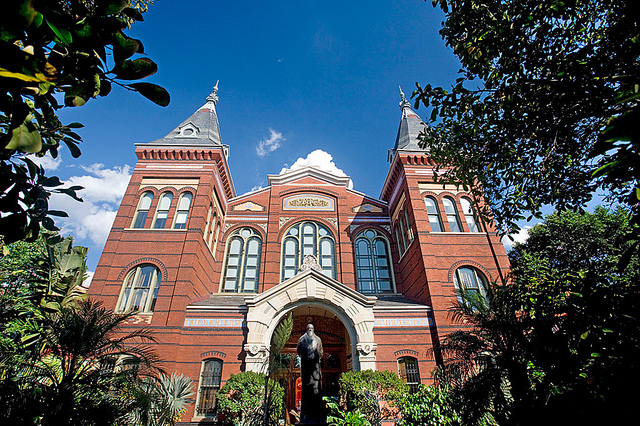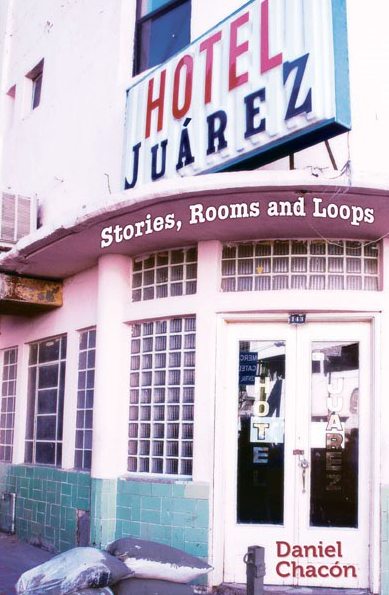This weekend in Washington, the Smithsonian explores cultural crosslines

*The Smithsonian is putting on a celebration of mestizage. The fancy word is “intersectionality,” it’s about where we all come together and cross paths, from an Asian point of view. VL
 By Eduardo Diaz, Director Smithsonian Latino Center (3.5 minute read)
By Eduardo Diaz, Director Smithsonian Latino Center (3.5 minute read)
“I never knew anyone else like me, going through the things I went through, not fitting in, always having to choose…”
Kip Fulbeck, The Hapa Project
Hapa is a term that emerges from Hawaiian vernacular to describe a person of mixed Asian or Pacific Islander descent. Photographer Kip Fulbeck provides a startling and compelling examination of this mixed identity construct in his seminalHapa Project, allowing us to visualize and comprehend what Asian and Pacific Americans bring to the larger mestizaje that shapes and defines so much of our ever-evolving national culture.
In her book, Intimacies of Four Continents, Lisa Lowe writes, “Liberal forms of political economy, culture, government, and history propose a narrative of freedom overcoming enslavement that at once denies colonial slavery, erases the seizure of lands from native peoples, displaces migrations and connections across continents, and internalizes these processes in a national struggle of history and consciousness. The social inequities of our time are a legacy of these processes through which ‘the human’ is ‘freed’ by liberal forms, while other subjects, practices, and geographies are placed at a distance from ‘the human.’” Dr. Lowe, a professor of English and American Studies at Tufts University, has launched a courageously deep dive into the racial, cultural, economic and political complexities engendered by early European exploration, settlement, globalization and system of racialized segmentation in the Americas, and its attendant direct links to slavery. It provides a very helpful lens through which we can better understand what it is to be American in a continental context.
Recall that after the Spaniards “discovered” the so-called New World they went on to “discover” Asia, a route they were pursuing in the first place. The Spaniards landed in the Philippines in 1521, quickly establishing another colonial headquarters from which to solidify their economic empire. Before the Spaniards arrived, native Filipinos had been trading with other Asian neighbors, primarily the nearby Chinese. The currency situation in dynastic China was a mess, and its rulers realized that the importation of silver from the Americas could help stabilize their monetary system. The resulting exchange, powered by the Não de China, orManila Galleons, lasted well beyond the 250 years of Spanish colonial rule. Besides the exchange of material goods was the transfer of certain propagational body fluids, laying the foundation for the first generation of Hapa. I encourage readers to learn more about this fascinating and impactful historical period and its rippling effect in the Americas.
Forgive me for fast forwarding to May 2016, as we celebrate Asian Pacific American Heritage Month. This year, the Smithsonian Institution’s Asian Pacific American Center is presenting “Crosslines,” an ephemeral artistic exploration of the “intersectionality” between Asian and other communities. Beginning in 2009, the Smithsonian Latino Center began a collaboration with the Asian Pacific American Center examining Asian-Latino intersections in the areas of immigration and migration, urban culture, stereotyping and the public imaginary, and food, a program series that included a real-time pop-up museum at the Civic Plaza in Silver Spring, Maryland in 2013, curated by and presenting Asian, Latino and Asian-Latino curators and artists. It is wonderful to see this series continue and expand, now under the Culture Lab rubric.
Adriel Luis and Lawrence-Minh Davis co-curated “Crosslines” with a specific idea in mind—to understand that identities exist and emerge in complex, multi-layered and fluid ways, distinct from traditional notions of diversity, which Luis asserts often conforms to quotas and tokenization. Luis explains further, “While diversity attempts to satisfy through blanket inclusion, intersectionality understands that inclusion can never be comprehensive, so instead seeks nuances and overlaps among identities to demonstrate an expansive scope.” In organizing “Crosslines,” Luis and Davis afford us an opportunity, albeit brief, to understand how our commonalities, distinctions and interplay surface through the experiences of diaspora, gender and sexuality, colonial histories, gentrification and media representation.
In a society that continues to distinguish and act upon embedded and often distorted notions of race and ethnicity, the artists in “Crosslines” propel us toward a deeper understanding of the greater human experience. We would do well to open ourselves to continue an exploration that began well over 500 years ago.
[The Smithsonian’s Asian Pacific American Center presents “Crosslines: A Culture Lab on Intersectionality” May 28-29, from 10 a.m. to 9 p.m. at the Arts & Industries Building on the National Mall.]
Eduardo Díaz is the director of the Smithsonian Latino Center and a 30-year veteran of arts administration. The Latino Center works to increase and enhance Latino presence, research and scholarship at the Smithsonian Institution by sponsoring, developing and promoting exhibitions, collections, research and public programs that focus on the Latino experience. Díaz is an advisor to the Smithsonian’s Secretary and Under Secretary for History, Art and Culture as well as to Congress and other government agencies on a range of cultural development issues related to Latino communities in the United States and their impact on diverse countries of origin.
[Photo by Smithsonian Arts & Industries/Flickr]Suggested reading


